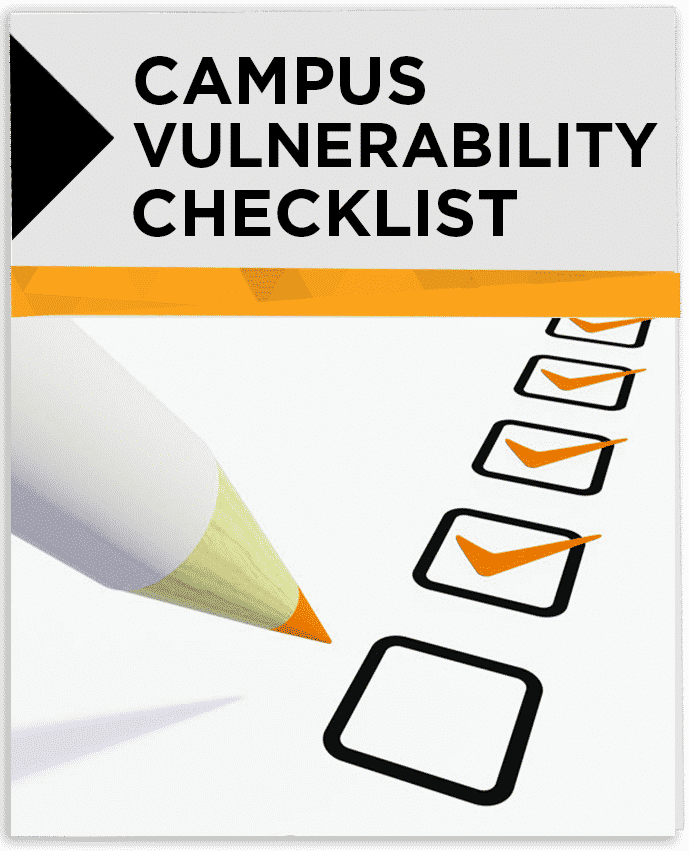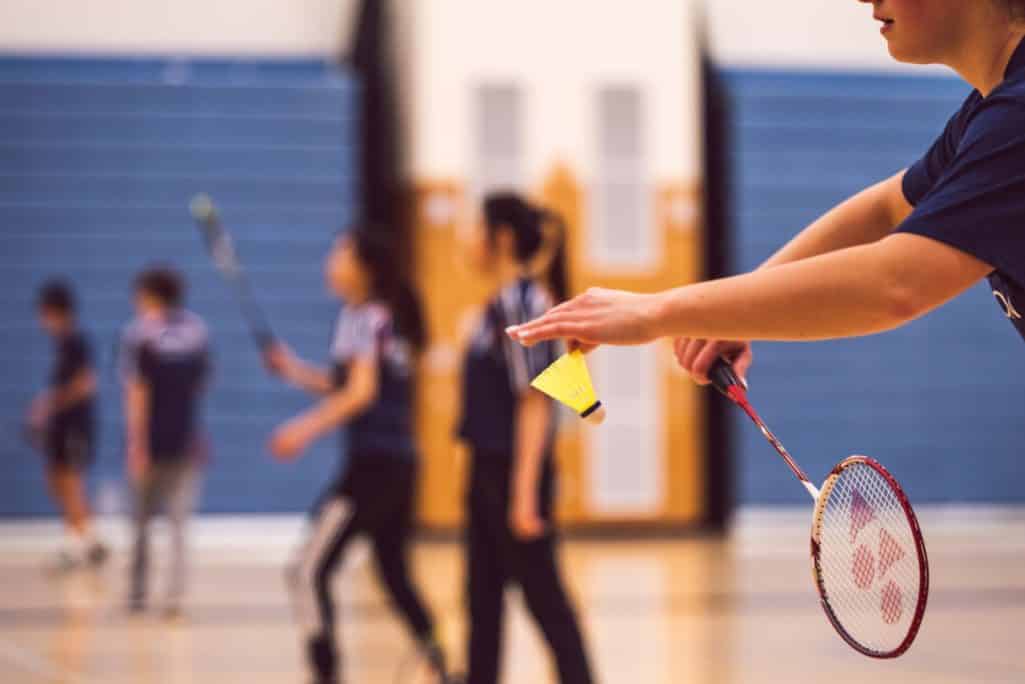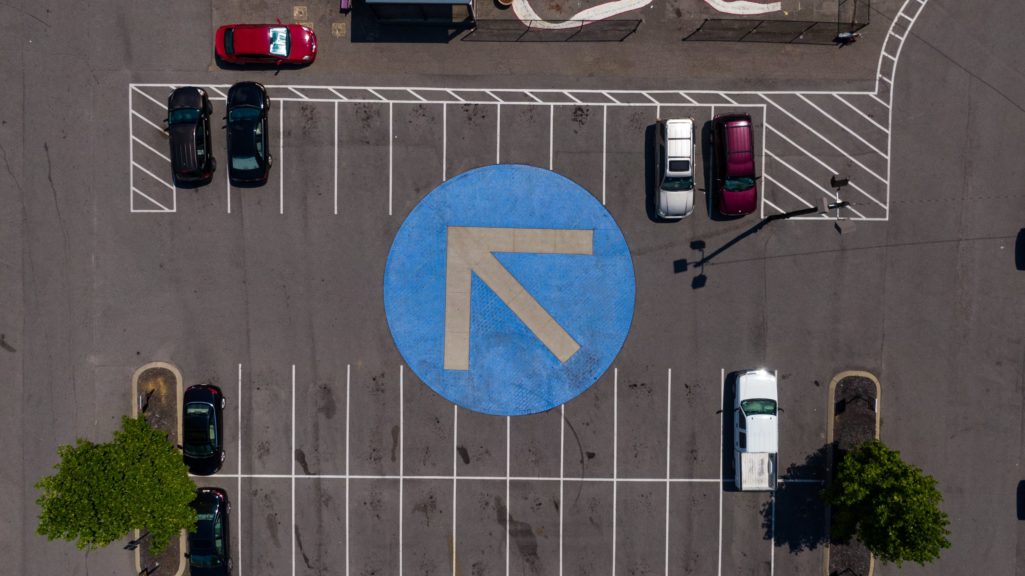Districts continually review their school security roadmaps to better prepare for potential threats to student and staff safety from unauthorized visitors, to fires, to possible natural disasters, up to and including violent intruders and active shooters so weve compiled the following recommendations for helping reflective districts to ensure the highest levels of school security.
Every K12 district has its own requirements and legal guidelines for maximizing school security while maintaining open and nurturing environments that encourage and facilitate learning. While schools are required by states and the federal government to have security plans, schools are not required to adopt the run, hide, fightschool security protocol issued by the federal government following the Sandy Hook incident. We urge district officials to consult with district legal counsel, local law enforcement, fire officials, and all pertinent school security experts to determine whether the following recommendations are appropriate for your district.
Download
Campus Vulnerability Checklist
Download Checklist
School security plan preparation & implementation
- Form a collaborative planning/review team with representation from each campus, parent representation, and law enforcement organization.
- Clearly define district wide and individual school security goals and objectives.
- Develop, review, and approve the school security plan; be sure to include an appropriate hierarchy of contingencies for different threat levels evacuations, lockdowns, shelter-in-place, personnel accounting, school security communications/warnings, parent-student reunification, etc. The school security plan should include clear definitions of individual administrator and staff responsibilities for the range of possible incident types and threat levels, along with training plans and a comprehensive staff communication plan.
- Become thoroughly familiar with legal restrictions regarding information sharing (FERPA, HIPAA, etc.), and seek legal guidance as appropriate. Include necessary restrictions in school security communications planning.
- Develop methods for testing and evaluating the school security plans effectiveness, such as table-top exercises, coordinated drills, functional exercises that include outside agencies (fire, police, EMS, etc.), and full-scale dry-run exercises.
- Introduce, implement, and maintain the school security plan. Schedule and conduct regular school security evaluations.
Facility access
- Make access control policies and procedures your top school security priority. Such procedures will be used every day and are both your first and best lines of defense.
- Limit all student, staff, and visitor access to specific, fully monitored entry points.
- Make certain that all classroom doors can be locked from the inside.
- Funnel all visitors into a designated, well-marked reception area with no direct access to classrooms or other student-occupied areas.
- Have campus law enforcement/security officers maintain a constant visible presence in the visitor reception area.
- Train visitor reception and front office staff to recognize and respond swiftly and appropriately to signs of possible intrusion or aggression.
- Direct police/school security personnel to patrol all entry/exit points to check locks and ensure that doors are not propped open.
- Conduct frequent badge and key audits to account for all access credentials.
- If possible, use metal detectors at key points of entry during events.
- Install school security alarms on all potentially accessible windows.
School reception areas
REAS
- Train reception area staff to recognize and respond quickly and appropriately to signs of potential intrusion, aggression, or violence, and to employ verbal de-escalation methods when appropriate.
- Install panic button alarms that enable staff to call for help in an emergency.
- Train reception staff in evacuation, shelter-in-place, and defensive techniques (run, hide, fight protocol) in case of an active shooter incident IF DEEMED APPROPRIATE
- Make sure reception areas, including restrictions and access prohibitions, are clearly marked.
- Strictly control access to interior areas prevent visitors from gaining access to interior areas without interacting directly with trained reception and/or school security personnel.
- Strictly enforce all district and building ID policies and protocols all personnel other than students must be badged so staff can easily recognize their authorization to be in the building.
- Prominently post no weapons signage throughout every facility.
- Train staff on the see something, say something protocol if staff see something unusual, they are to report it immediately to an administrator or school security personnel.
Classrooms and Student Areas (auditorium, gym, cafeteria, library, band hall, etc.)
- Strictly control access to student areas no exceptions.
- Train all teachers, administrators, and school security staff on verbal de-escalation techniques.
- Train students and staff in recognizing signs of potential violence.
- Train and drill both students and staff in evacuation, shelter-in-place, and defensive techniques for an active shooter situation (The fight component of the run/hide/fight protocol may be locally inappropriate for students).
- Create specific, individual plans for each teacher to protect students in the event of a school security threat.
- Designate specific safe haven areas that students and staff can readily secure against a threat.
- Train staff and students in a see something, say something protocol to immediately report any potential threat to administration or school security personnel.
- Train and drill staff and school security personnel regularly in what if scenarios with local law enforcement and other first responders.
- Develop anonymous text message or phone tip contact channels and encourage students, parents, and staff to report potential school security threats.
- Embrace law enforcement and school security personnel engaging in community policing to develop a rapport with students and campus staff.
Administrative offices
- Strictly control access into administrative areas. Public-facing administrative areas (reception, attendance office, finance) should all have restrictive structures (counters, gates, etc.).
- Notify school security personnel and/or law enforcement of employee counseling or termination issues and events.
- Notify school security personnel and/or law enforcement of potentially confrontational parent issues (custody disputes, restraining orders, etc.).
- Notify school security personnel and/or law enforcement of student disciplinary issues (threats, bullying, alcohol/substance abuse issues, gang affiliation, etc.) in strict accordance with the law and district policy.
- Conduct notification conversations with school security personnel and/or law enforcement confidentially and behind closed doors.
- Discuss sensitive issues with students, parents, or employees in private with video monitoring and panic alarms if available.
- Train and drill all administrative, faculty, and school security personnel in fast exit and exterior assembly procedures.
- Immediately report all aggressive complaints, calls, or communications to administration, school security personnel, and law enforcement.
- Train and drill all administrative personnel in the school security plan details, including parent/student reunification procedures.
- Conduct regular, thorough school security reviews and assessments.
Building exteriors & parking lots
- Post signs at campus driveway entrances stating that visitors are under video surveillance.
- Post signs stating that weapons are not allowed on campus.
- Ensure that all parking areas are well lighted and fully visible from the building.
- Ensure that the entire campus is sufficiently lighted for optimal school security during evening activities.
- Keep all landscaping well-trimmed to maintain complete campus visibility.
- Have school security personnel including campus police officers perform frequent, visible patrols in well-marked vehicles, on bicycles, or on foot. Consider the use of activated (flashing) vehicle light bars or domes.
- Maintain designated evacuation assembly areas both on and off campus.
Top School Safety Conferences of 2020
Click below to view the top school safety conferences of 2020.
View Conferences












